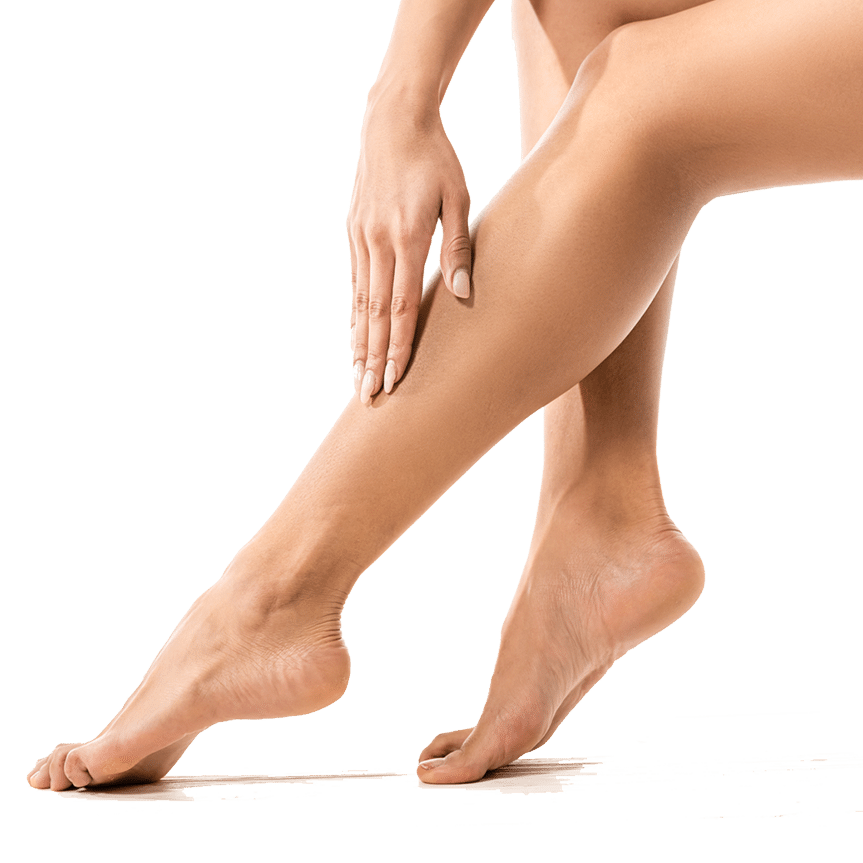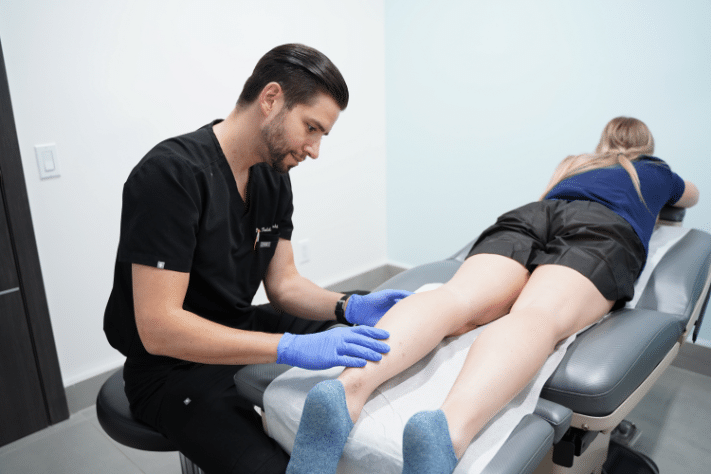What Are The Least Invasive Treatment Options For Varicose Veins?
Corps
Varicose veins are enlarged, twisted, and painful veins filled with blood. They usually develop in the lower legs and are raised above the skin's surface. But, What do vein centers do?
Conventionally, vein centers perform the treatment to minimize your varicose veins or other vein-related issues. Surgery is the common choice known as vein stripping and is performed to remove varicose veins. This treatment involves small incisions making and physically pulling out veins from the body.
But, there are more recent technologies to remove varicose veins minimally or through noninvasive procedures. Because noninvasive treatment is non-surgical, it doesn't involve tools and equipment that cuts yoru skin and enters it. Minimally invasive techniques involve tiny incisions in the skin.

What are the types of noninvasive treatments for varicose veins?
There are many minimal or noninvasive treatments to treat varicose veins. These include
Sclerotherapy.
The main objective of sclerotherapy is to destroy varicose veins by injecting a sclerosant solution.
The sclerosant scars and collapses the veins by forcing blood to flow into other veins. Then your body eventually destroys the veins and disappears as time passes. The common solution used for thor treatment is tetradecyl sulfate. This procedure helps treat small varicose veins close to your skin surface, called spider veins, to improve your leg appearance.
A foam sclerotherapy treatment involves turning a sclerosant into foam before inserting them into the vein. This procures used for large veins because foam can cover larger surface areas than liquid.
Radiofrequency ablation
In this treatment, radio waves are used through the veins wall. Your doctor will numb the veins, use ultrasound to find inside the legs, and then pass a small wire catheter along the veins to apply radiofrequency energy to the wall.
In this procedure, the veins will be heated up, contract, and eventually reabsorbed by the body and disappear. It may take months and weeks to see the results of this treatment.
Endovenous laser ablation.
Laser ablation treatment is very similar to radiofrequency, except it uses laser energy to treat varicose veins. The laser fiber is inserted into the catheter and moved to the location, and this causes the vessels to close by the heat. Radiofrequency and laser therapy treat deeper varicose veins of the legs.
Phlebectomy.
Phlebectomy is a minimally invasive treatment used to treat severe varicose veins conditions. In this treatment, the doctor makes a small incision near the vein and removes the veins using a special hook.
This outpatient treatment is done with local anesthetic administration, so you remain awake during the treatment. It typically takes an hour for the whole procedure, and some people may need to repeat it for the best results.

What are the risks of noninvasive treatments?
Noninvasive treatment is generally very safe, but all medical procedure involves some risks. Also, all the treatments carry risks of:
- Sclerotherapy
- Bleeding
- Infection
- Bruising
- Scarring
- Allergic reaction to the anesthesia
The risks associated with sclerotherapy may include the following:
- Bruising
- Blood clots
- Discoloring
- Deep vein thrombosis (DVT)
- Itchy rash
- Nerve injury
- Radiofrequency and laser ablation
- Mild inflammation or swelling
Conclusion
If you suffer from varicose veins, signs, and symptoms, consider contacting a doctor for thorough treatment and diagnosis. And how much does varicose vein treatment cost? Your doctor will recommend minimal invasive, outpatient, and economical treatment. Dental insurance covers all medically necessary treatments, so you should not worry about the treatment.
Article source : https://www.healthewriting.com/what-are-the-least-invasive-treatment-options-for-varicose-veins/










commentaires